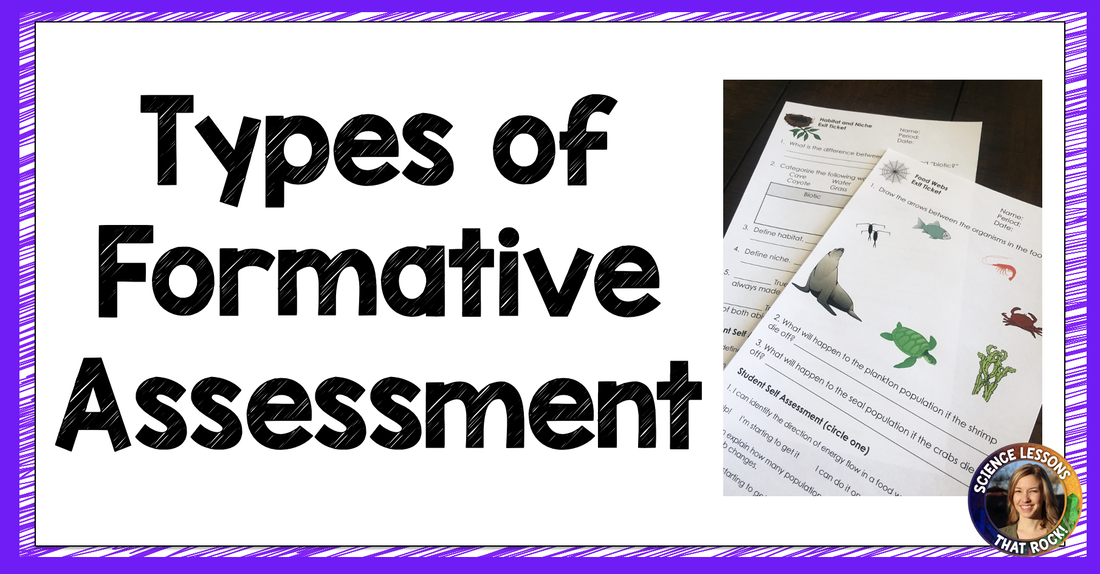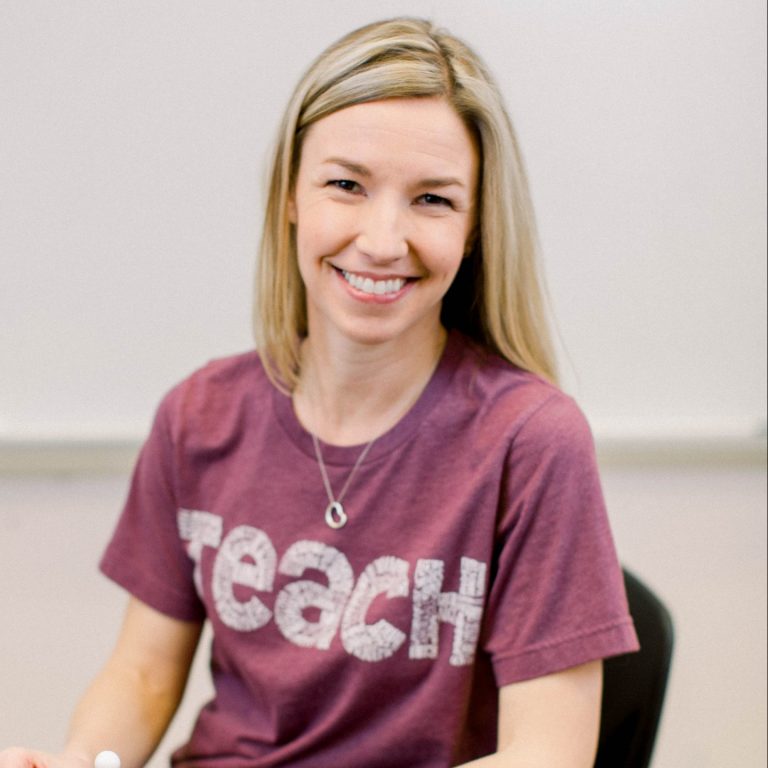|
As a teacher, formative assessment (ie: ungraded check-ins) are something you should be doing every day. Yes, every day. If that sounds overwhelming, it shouldn’t. You do not have to check in every day with a fancy exit ticket or Google form, it can be something simple (more on this in a second). But you need to find some way to check in on students and see how they are feeling about the new content you taught. Are they completely lost? Are they starting to get it? Is it something they already learned?
|
Here are some different ways you can formatively assess your students. I encourage you to try a few different ways throughout the year and see what works best for both you and your students.
1. CLASS DISCUSSION: Class discussions are the first form of assessment / intervention for me. There is definitely a time and a place to lecture… but don’t make a lecture completely one sided. Turn your lectures into class discussions. Students should be involved! Begin a lesson with a phenomenon to get them thinking about a new concept and ask them about it. Throughout the lesson, provide checkpoints where you can ask questions, have them chat with a shoulder buddy, or even do a quick poll. If you don’t allow students to be part of the lecture, you will never know if they are grasping the content or not.
2. POST IT NOTES: Have sticky notes? They are a great way to do a quick assessment. You have lots of options here…
- Have students write down one question they still have about the content and stick it on the door on their way out.
- Have a question up on the board they have to answer and stick it to the door on their way out.
- Have a scale up on the board (1 = help! 2 = I’m starting to get it, 3= I think I get it, 4= I can help teach it). Have students write their name on the sticky note and place it under one of the numbers on their way out. Then you know which students to follow up with before the summative test. (Will a few students lie because they are embarrassed to get help? Probably. But most kids tend to tell the truth, and if you use other forms of assessment you should be able to catch everyone).
3. PLICKERS: Plickers are printable cards that allow you to do a quick check-in using a phone app. Each student gets a paper card with a unique shape. Each side of the shape is labeled A,B,C or D. After posing students with a multiple choice question, they hold their card so their chosen answer is at the top. Using the plickers app on your phone or tablet, you scan the room and can see student answers. Here is a video with more info.
4. KAHOOT: There are lots of fun game sites you can use as an assessment method. Kahoot is a popular one, but students also like Blooket and Quizlet Live. Simply create a free account, type in your questions (or use ones that other teachers have already input) and have fun! Pay attention to patterns as they play- what questions are your students frequently missing? What do you need to revisit?
5. EXIT TICKETS: I’m a fan of exit tickets that are specific to the lesson. Yes, you can use tickets that say “one thing I learned today was…” and “one thing I still need help with is…” but I don’t feel like they give as very valuable information. Instead I like using exit tickets that are directly aligned to what we learned. For example- lesson on photosynthesis? Ask students to write out the formula and explain the overall goal of photosynthesis. Yes, it takes a little bit of prep work, but it is worth it to me. If you teach biology, you can find biology exit tickets here.
I don’t collect notes for a grade (I want students to take them home and read them!), so instead I will often call on a student or two to read their summary out loud to the class. As a class we can discuss what concepts they did well summarizing and any pertinent information they might have missed.
7. WRITING PROMPTS: Writing prompts can be a teacher’s dream. They not only get students thinking about a new concept, but they also get students to practice writing (which most of our students desperately need). At the beginning of a lesson, give students a writing prompt to answer. You can have them keep writing journals, or answer the prompt on their bellwork form. After 5 minutes or so, select a few students to read their answers out loud. This should lead to great discussions of prior knowledge and any misconceptions before diving in to the lesson. (If you are looking for writing prompts, click here).
Rock on,










